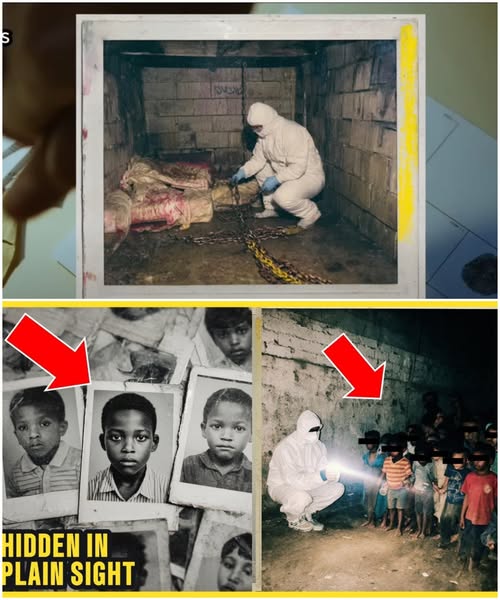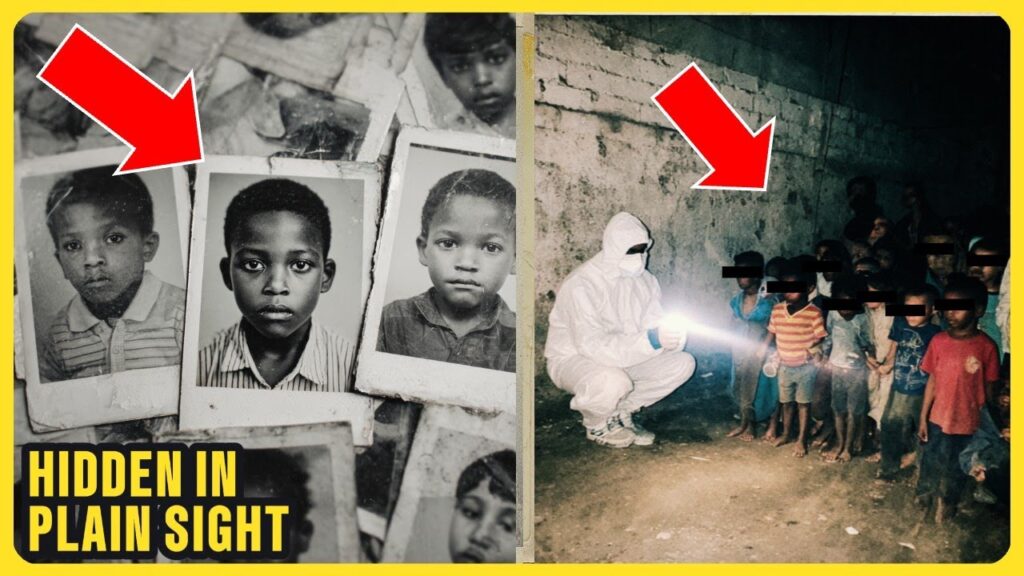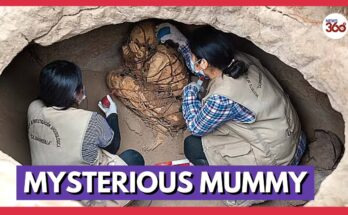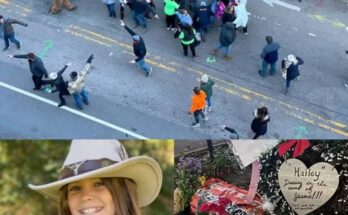
Thousands of Missing Kids Were Rescued — In a Place No One Expected
Chicago, 2015. In the city’s forgotten neighborhoods—where streetlights flicker over cracked sidewalks and sirens never stop—children began to vanish.
At first, no one noticed. Then parents begged for answers. But police reports were stamped runaway. Case files collected dust. To the system, these were kids from the wrong streets, and their voices didn’t matter.
But one man refused to look away.
Frank Donovan, a once-respected Chicago detective, now retired and disgraced, couldn’t shake the feeling that something was terribly wrong. He noticed the patterns—names, ages, locations—kids disappearing in silence. No bodies. No arrests. Just empty bedrooms and broken families.
For six years, he fought a war no one asked him to fight. He drove through abandoned buildings, followed rumors, argued with precinct captains who told him to “let it go.” But he didn’t. He couldn’t.
What he found was worse than anyone imagined.
Hidden beneath the city—beneath train tunnels, shuttered factories, and forgotten shelters—was a network. A system so organized and so invisible that it had existed for years without being noticed. Children were being taken, traded, and hidden in plain sight.
Donovan’s files, collected obsessively in his small apartment, became the blueprint for the truth. When a young officer secretly passed his evidence to a federal task force, everything changed.
Raids swept across Chicago.
What authorities discovered led to the largest rescue operation in the city’s history—over 2,000 missing children, hidden in places no one thought to look. Some had been gone for months. Others for years. They were found in underground shelters, abandoned subway stations, suburban basements, and even inside businesses operating in broad daylight.
They were alive.
Some broken. Some silent. Some crying for parents who never stopped searching. But they were found.
Donovan never asked for recognition. He just stood outside the rescue site—rain soaking his coat, hands trembling—as the first child was carried out on a stretcher, holding a teddy bear that didn’t belong to her anymore.
In that moment, he knew: the war was worth it.



